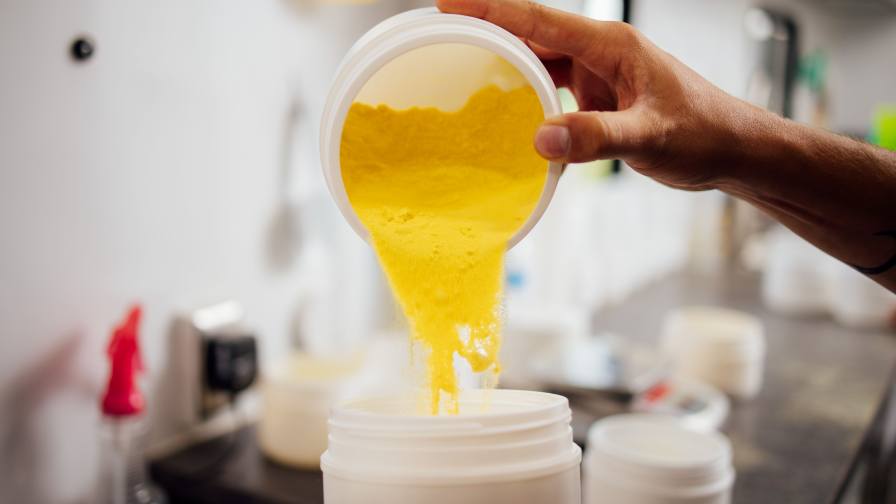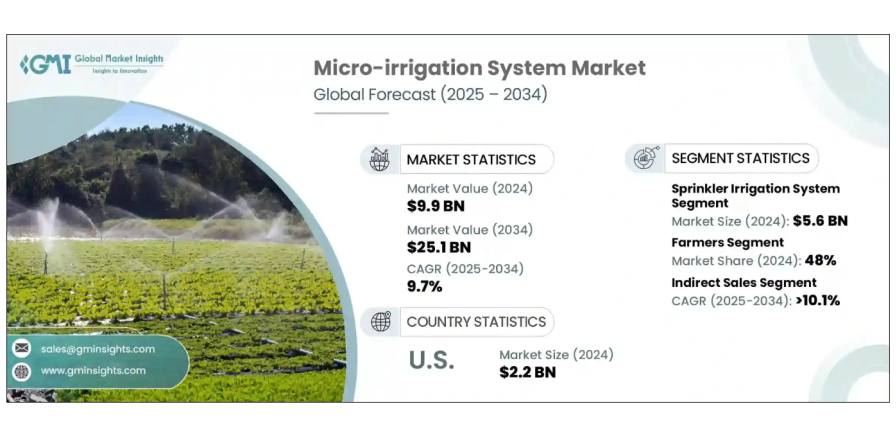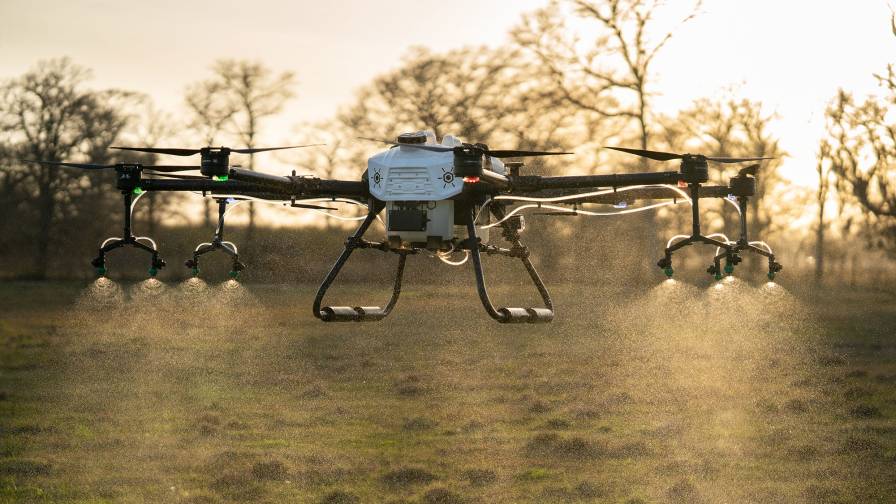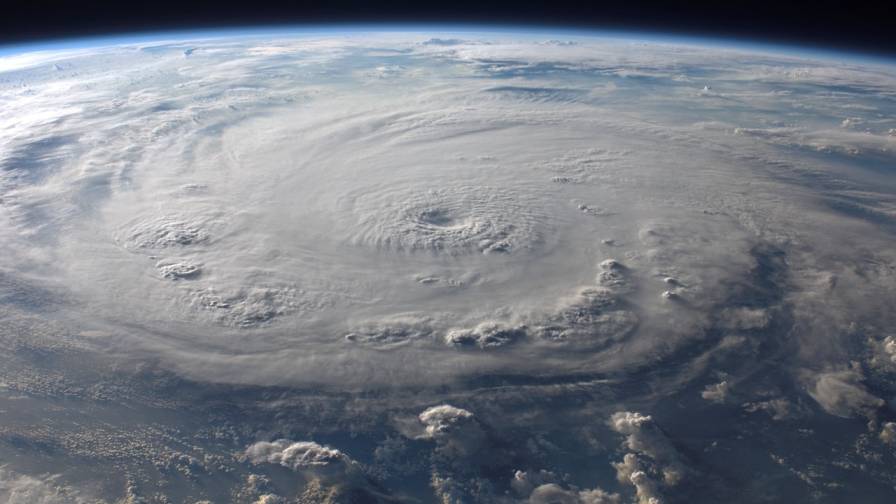The Digital Future of Farming: Could This Mean the End of World Hunger?
This is a pretty remarkable graph (see below). It depicts the growth of the world’s population since roughly 200 AD. Talk about hockey stick growth – this looks like a VC pitch deck! What explains that sharp upward ascent on the right? The arrival of industrial manufacturing and agriculture (not to mention modern science). It took all of human history to hit one billion in 1800. Then it took just two hundred years to get us to 7.7 billion, where we are today.

World Population: Past, Present, and Future. Source: www.worldometers.info/world-population
Global population growth figures are jaw-dropping. The population at the beginning of the 20th century was just 1.65 billion. In 1970, there were roughly half as many people in the world as there are today. Fortunately, those rates are slowing — we’re not headed towards the Malthusian nightmare that people were talking about as recently as 20 years ago. But we are still on course to hit 10 billion at the end of this century.
So why am I talking about this graph right now? Well, we’re going to need to feed all these new people. The United Nations estimates that 70% more food will be needed by 2050, but it will have to be produced on just 5% more arable land.
Fortunately, huge changes are coming to the global agriculture industry that will help us meet this challenge. But here’s the thing: a) they’re probably not the changes you might expect, because b) global agriculture is probably not the industry you think it is.
You might think that in order to accommodate all this growth, we’re going to have to rely on the same massive efficiencies that enabled it. In other words, when it comes to agriculture, we’re going to need much more industrialization and consolidation. But that’s simply not the case.
Here in the U.S., when we think of farming, we tend to focus on industrialization and efficiency. We have around two million farms today, versus seven million in the 1930s, and those farms are significantly larger. But even as the overall amount of land and labor used in farming has declined over the last 80 years, total farm output has more than doubled between 1948 and 2015, helping to enable all that global population growth.
But here’s the thing. There are 500 million farmers around the world today. Talk about a jaw-dropping statistic! That’s right — one out of every 14 people in the world is a farmer. And the vast majority of those farmers are scattered throughout the developing world, working for maybe a few thousand dollars a year. And even in the U.S., the number of small acreage farmers outnumber the “big ag” farmers by roughly 15 to one.
So in order to meet these new population needs, are we going to ask all those farmers to consolidate and industrialize? The answer is clearly no. But fortunately, there’s a much better way forward.
In the broad shift from products to services, there’s an explosion of innovation that’s happening in agriculture today. As the New York Times recently noted: “Farmers today operate self-guided tractors steered by GPS, use drones to monitor crops, and employ artificial intelligence in irrigation. Robots will probably take cowhands’ jobs before they take yours.”
There are companies that specialize in aerial imagery that allows farmers to measure the “vigor” of their crops by looking at moisture and chlorophyll density. There are mobile platforms that allow farmers to monitor the progress of their autonomous tractors. There are solutions for livestock farmers that let them track animal movements with cameras and sensors. (Individual cow skin patterns, as it turns out, work a lot like QR codes.) And not surprisingly, the agricultural drone market is booming.
All of these companies share a common theme — the shift away from a traditional product and equipment vendor mindset towards creating services and outcomes that help farmers work smarter, not necessarily harder. And a stellar example of this concept is Yara International, a major manufacturer of fertilizers. Yes, fertilizers. They helped create man-made fertilizers back in 1905. Today they’re a $14 billion company that works in 160 countries. Their largest shareholder is the government of Norway.
Stefan Furnsinn, Yara’s SVP of digital farming, recently spoke at an event and shared some really amazing stories about their shift towards subscription-based services. Right now, Yara works with around 13% of those 500 million independent farmers scattered across the globe. The question Yara began to pose is: how can we reach the other 500 million farmers? By making cheaper fertilizer? Solving the distribution challenge? No, Yara decided to shift from “selling bags of fertilizer” to “enabling healthy crops.”
So how does a company that makes and ships 36 million tons of fertilizer a year transform itself into a service provider? Yara started with a simple hardware clip-on that turns any smartphone into a sophisticated nitrogen sensor. Accurate nitrogen levels are crucial for determining fertilizer needs, and this kind of analysis has traditionally required lots of expensive hardware. Today any Yara customer with a smartphone now has access to the latest “precision farming” technology.
They also rolled out a knowledge network. Once it determines the nitrogen needs, the Yara app makes fertilizer recommendations based on crop, location, and growth cycle stage. These recommendations are based on more than 20 years of field research and are constantly being updated in real-time. As a result, some of their farmers have been able to double their crop yields. In many places, that can mean the difference between a child attending school or not.
Yara created an inexpensive phone sensor, as well as a robust digital knowledge network, and now they’re enabling thousands of new “digital farmers” every day. And how much does this new service cost? One dollar a month! Amazing. So much for massive industrialization and global consolidation. Yara is helping small, independent farmers around the world produce more with less, while also reducing environmental impacts.
It seems like a smart way forward — empowering farmers with simple but effective mobile technology and relevant information. And it also seems like the only way we’re going to manage the right side of that hockey stick. Despite all the new farming efficiencies of the last 100 years, world hunger statistics are still alarming: roughly 800 million people in the world, or one out of every nine, are currently undernourished. Poor nutrition causes nearly half of all deaths of children under five.
Looking at all the decentralization and innovation happening in agriculture today, it’s easy to draw some parallels with the SaaS industry. When I was working at Salesforce, Marc Benioff talked constantly about bringing applications that were previously only available to the world’s largest companies to everyone. The same dynamic is now happening in farming. Ending world hunger may now be in sight.










